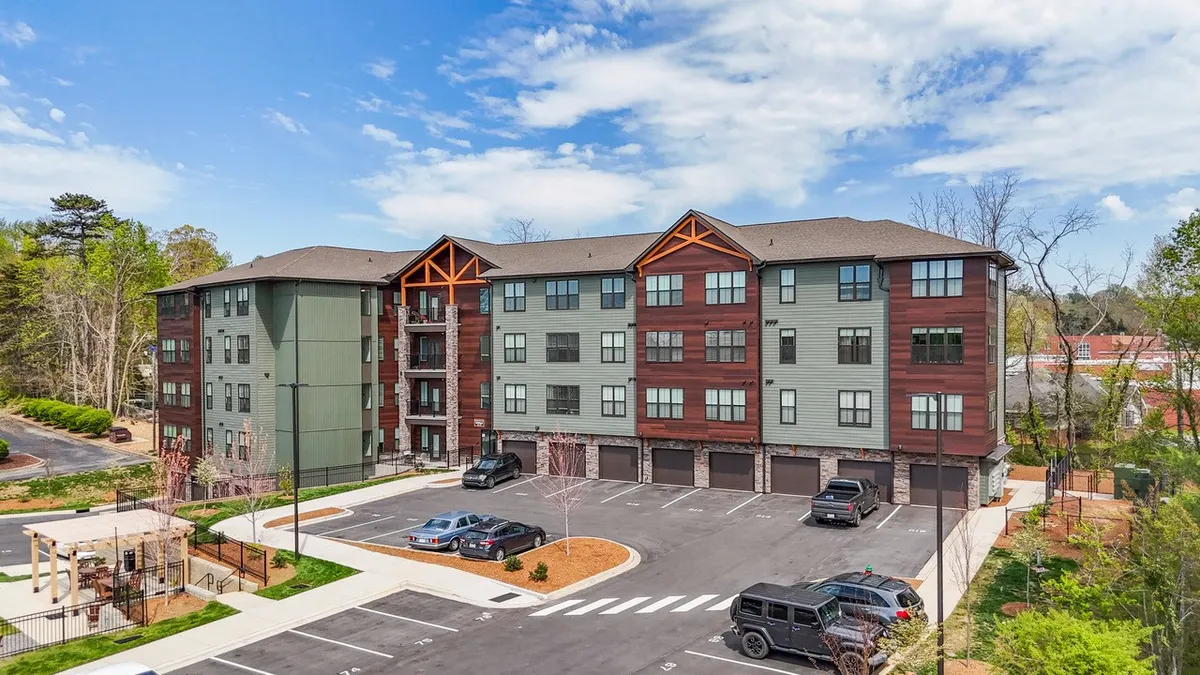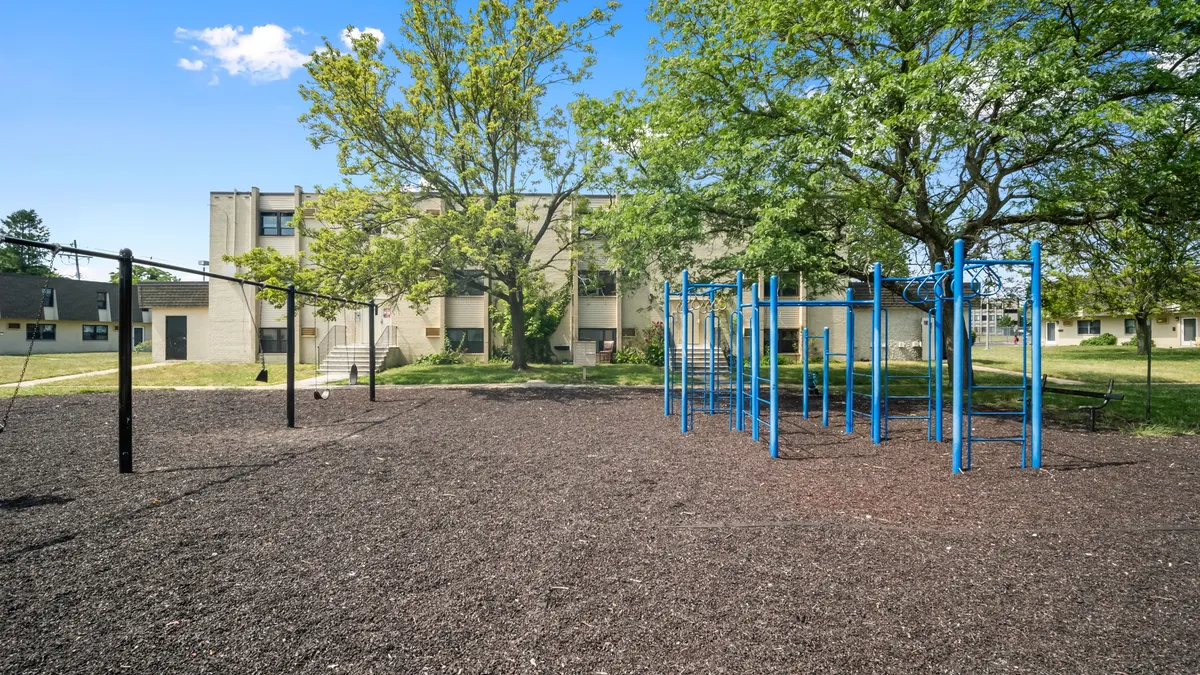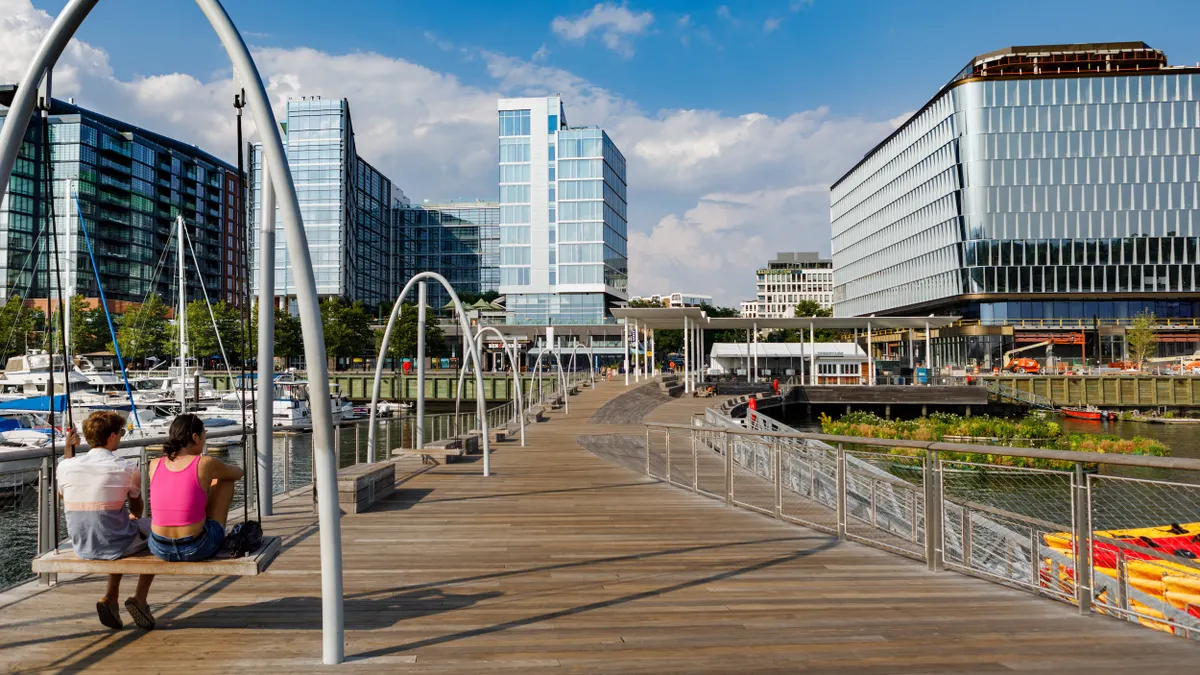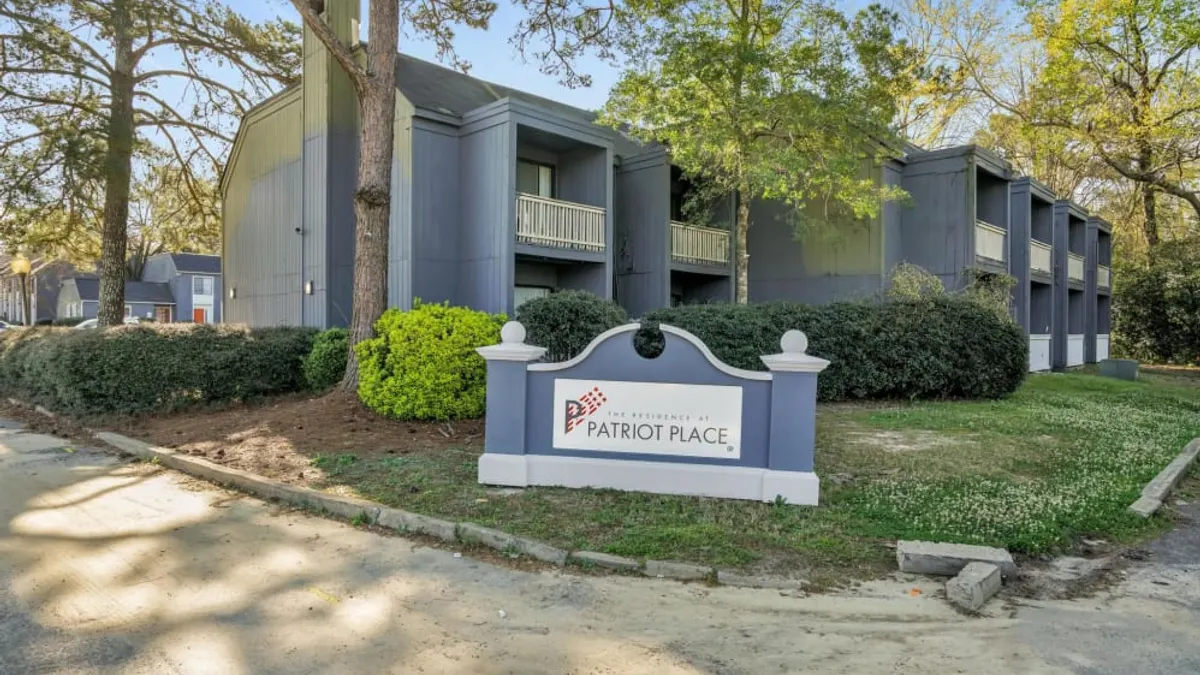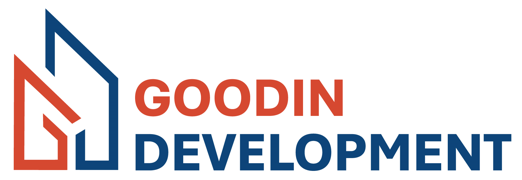Among all the major apartment REITs, MAA may be the most vulnerable to new supply. The Germantown, Tennessee-based firm has a foothold in the major Sun Belt markets where apartment developers have been delivering high numbers of units for a couple of years now.
“For the third quarter, we saw increasing occupancy and strong retention and renewal lease rates, but experienced continued lack of traction and the ability to push on new lease rates,” said MAA Executive Vice President and Chief Strategy and Analysis Officer Tim Argo on the earnings call on Oct. 30.
MAA’s same-store revenues fell 0.3%, as blended rents rose only 0.3% year over year. New rents decreased by 5.2% in Q3, while renewals increased by 4.5%. While those numbers were better than what MAA posted in Q4 2024, analysts were still surprised.
“Demand softened during the quarter, as prospects took longer to sign, while retention stays high, and credit remains healthy among its residents and applicants [not seeing an uptick in denials],” wrote Alexander Goldfarb, managing director and senior research analyst for investment bank and financial services company Piper Sandler, in a report shared with Multifamily Dive.
Goldfarb noted that the slowdown was portfolio-wide for MAA. Argo sees that economic issues are affecting new lease performance.
“We believe broad economic uncertainty and slower job growth, as evidenced by a downward revision to the job growth numbers, contributed to prospects being more cautious about making decisions to move and to operators prioritizing occupancy over new lease rent,” Argo said.
Here is a look at how MAA performed throughout its regions.
Small markets lead the way
Over the last few quarters, smaller markets, like Savannah, Georgia, and Charleston and Greenville, South Carolina, have been top performers for MAA. Secondary metros continued to lead the way in Q3 2025.
Fredericksburg, Virginia, at 3.9%, and Greenville and Kansas City, at 3.0%, posted the highest revenue growth. “A number of our mid-tier markets, particularly in the Mid-Atlantic region, continue to be outperformers relative to the portfolio,” Argo said.
Argo also pointed to another metro that he liked.
BY THE NUMBERS
| Category | Q2 | YOY Change |
| Property revenues | $520.9 million | -0.3% |
| Net operating income | $322 million | -1.8% |
| Operating expenses | $198.8 million | 2.3% |
| Funds from operations | $2.14 | 1.9% |
| Rent per unit | $1,693 | -0.4% |
| Occupancy rate | 95.6% | -10 bps |
SOURCE: MAA
“I think Charleston, right now, is our best job growth market that we have,” Argo said. “So there's still a ton of demand there even with the supply scenarios.”
The Richmond, Virginia, and Washington, D.C., region also remains strong for MAA, despite federal cutbacks. “The DC market … is still on a relative basis doing well, but certainly moderated a little on the new lease side,” Argo said.
Major metro improvement
On the call, Argo commented that the gap between the big and small markets in MAA’s portfolio was starting to narrow.
“I don't think it’s a lack of strength in the secondary- or mid-tier, it's more of some strengthening in some of the larger markets, where they started to work through some of those concessions and started to get the net absorption,” he said.
Houston remains steady, while Atlanta and the Dallas-Fort Worth area are showing progress.
“Blended pricing in both of these markets improved sequentially from the second quarter and outperformed the same-store portfolio,” Argo said.
In Dallas and Atlanta, its two largest markets, MAA saw new lease rent acceleration from Q2 to Q3. While Argo said concessions rose slightly across MAA’s markets compared to Q2, there were improvements in those two metros.
“We've seen a little bit lower concessions in Buckhead [in Atlanta],” Argo said. “[In] uptown Dallas, we're seeing a little bit lower concessions. So it's actually some of the more urban submarkets [where] we've seen concessions come down a little bit.”
Weakest areas
MAA’s two weakest markets by revenue growth were Huntsville, Alabama, at negative 5.0% and Austin, Texas, at negative 3.9%.
“Huntsville is one that it's a smaller market, but it is at a record ton of supply there,” Argo said. “That's another one that's struggled a little bit with absorption, but broadly continuing to see uptick in that absorption level and occupancy levels.”
New deliveries drove a lot of the issues in MAA’s other, more troubled metros. “The lagging markets we have noted for the past few quarters remain consistent with Austin continuing to work through its record supply pressure, resulting in weak new lease pricing and Nashville facing significant pricing pressure as well,” Argo said.
While new supply is expected to continue leasing up in 2026, demand — given the economic uncertainty — is the biggest question for MAA. CEO Brad Hill believes that migration trends, population growth, household formation and single-family affordability will be similar to those in 2025.
“Clearly, the unknown for us is the job market and really what that looks like next year,” Hill said on the call. “The early projections that we see for next year show the job market looking a little bit softer than it does this year.”
Click here to sign up to receive multifamily and apartment news like this article in your inbox every weekday.




